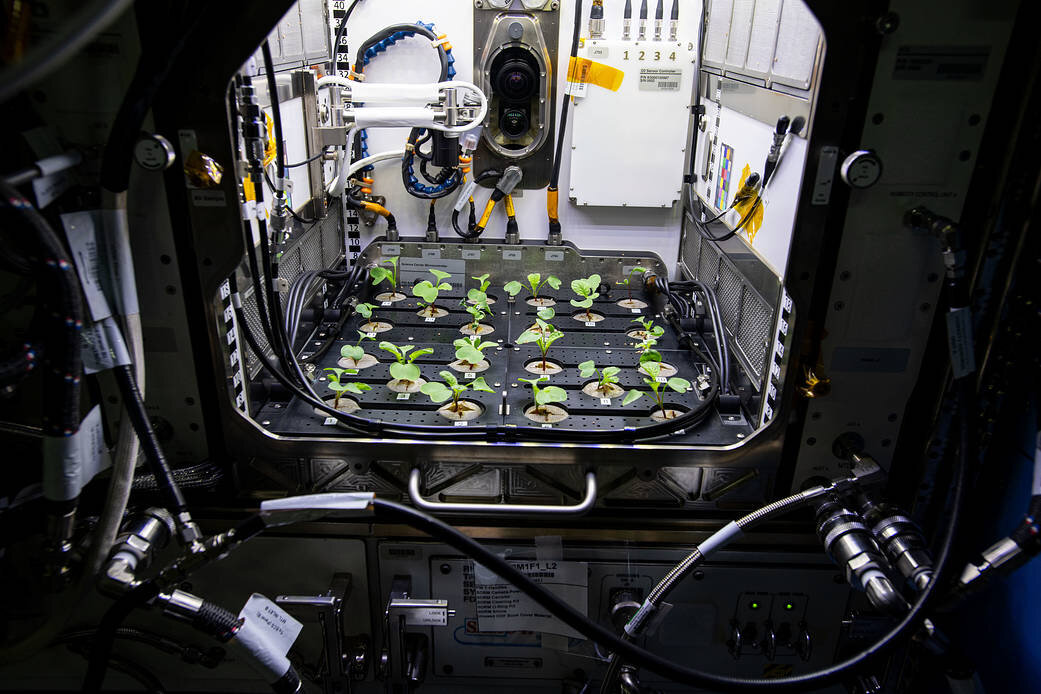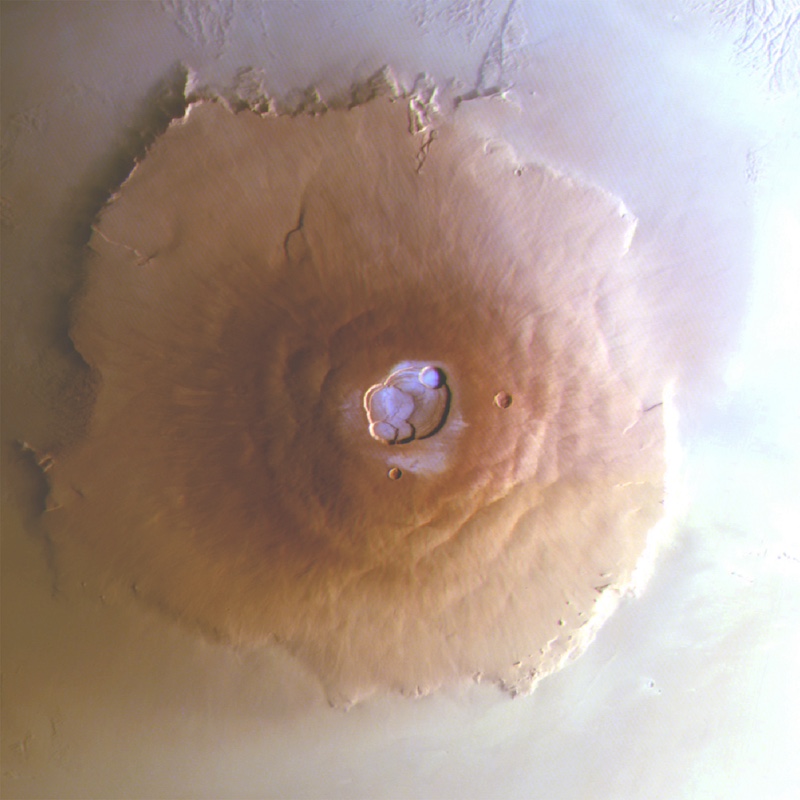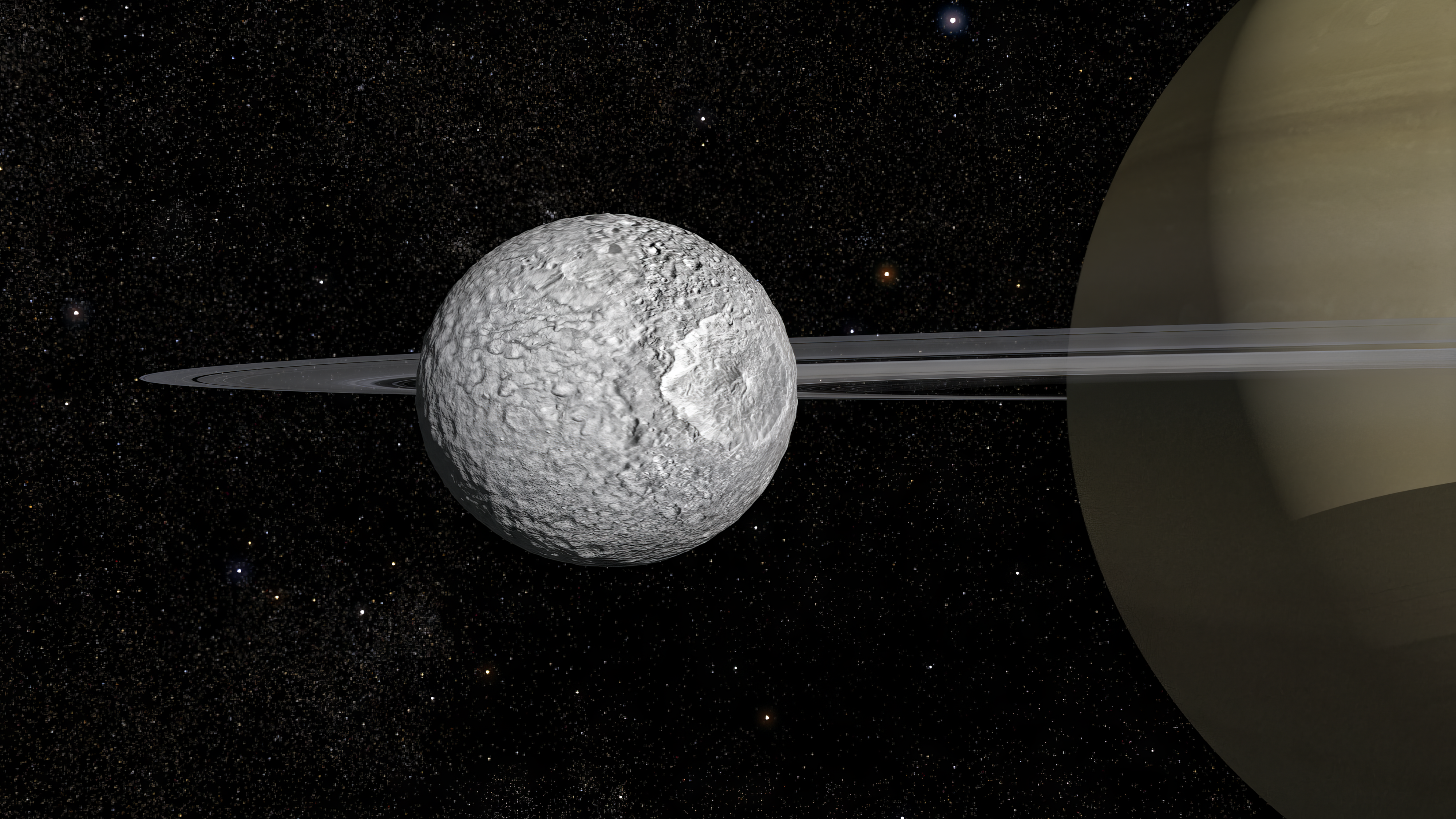PICTURED: The Plant Habitat-02 radish growing station aboard the International Space Station. Photo credit: NASA/Kate Rubins.
ISS, November 30th, 2020. Astronaut Kate Rubins, aboard the International Space Station, had to wait just 27 days to harvest a crop of radishes 433 miles above the Earth’s surface. Grown in the Advanced Plant Habitat (APH), she painstakingly wrapped each sample in foil before transferring them to cold storage for the eventual return journey when SpaceX’s 22nd resupply mission arrives at the ISS.
As NASA and private industry prepare to send men and women into space for longer and longer periods, more and more Earth-bound disciplines like botanical nutrition are being examined for space-related changes.
Rubins’ radishes were the first ever grown in space, but not the first veggies grown on the final frontier. NASA has long recognized the use, both for food and even for psychological benefits, that plants have onboard a spacecraft.
To date, astronauts have growth 3 types of lettuce, mustard greens, Russian red kale, zinnia flowers, and bok choy.
Radishes need less-than a month to reach maturity and are very nutritious. The biology of the radish is both extensively understood and similar to arabidopsis, a small cabbage-plant that researchers frequently study in microgravity, making them the perfect choice for experimenting aboard the ISS.
The foil-wrapped samples will be given to the researchers working with NASA’s APH system, who have been monitoring and controlling their growth, nutrient and water availability, and lighting conditions remotely from the Kennedy Space Center.
On the space farm
Unlike previous use of the APH where plants were set up in porous clay loaded with deployable nutrients in a slow-release structure, these radishes were planted in soil containing a precisely calculated amount of minerals and fertilizer.
This will allow the scientists to see exactly what was and wasn’t used during the growing cycle of the plant.
“Radishes are a different kind of crop compared to leafy greens that astronauts previously grew on the space station, or dwarf wheat which was the first crop grown in the APH,” according to Nicole Dufour, NASA APH program manager at Kennedy Space Center.
“Growing a range of crops helps us determine which plants thrive in microgravity and offer the best variety and nutritional balance for astronauts on long-duration missions”.
A doppelganger crop of radishes grown in the controlled environment of the ISS simulator on Earth will allow APH scientists to perfectly compare how radiation, microgravity, and other effects of space’s hostile environment influence the growth and molecular changes of the radishes.
“It’s a privilege to help lead a team that is paving the way to the future of space crop production for NASA’s exploration efforts,” Dufour said. “I’ve worked on APH since the beginning, and each new crop that we’re able to grow brings me great joy because what we learn from them will help NASA send astronauts to Mars and bring them back safely”.



